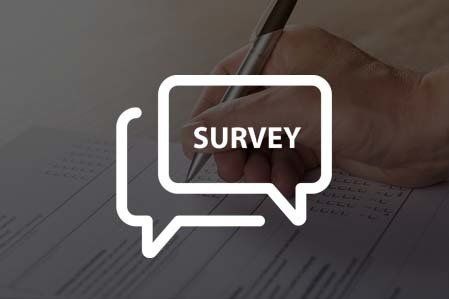+1-800-298-3165
The basics of on page optimisation
When it comes to practising good search engine optimisation (SEO) there’s a lot of confusion and conflicting advice. If you’re taking up our website design business opportunity, it pays to know the basics and have a solid understanding of the SEO process so you can add further value to your clients. Here, we’ve rounded up the key things you should know about on page optimisation to start you off.
First off, what is onpage optimisation? There are two types of SEO activity – onpage optimisation and offpage optimisation. Offpage deals with links and the things that happen away from your site, while onpage SEO is all about what you present on the site. Onpage optimisation is much easier to control because you can test, adjust and optimise at will while offpage optimisation requires co-operation from other sites in the form of backlinks.What parts of the page make up onpage optimisation?When you set out to optimise a page, there are certain areas within that page that hold more SEO weight. While you should always focus on the end user rather than trying to keyword stuff or create a page specifically to rank higher on Google, certain elements of a page are more important when you’re trying to improve your rankings. The page title: The page title is crucial to onpage optimisation. It should be totally unique as its purpose is to describe what’s on that page. It shouldn’t be too long, ideally no more than 60 characters, and you should have a keyword that is relevant to the page close to the start. As you go about adding pages to your site, you should be careful to ensure that all of your page titles are unique. Meta description: Contrary to popular belief, the meta description is not an SEO ranking factor. That’s not to say that you shouldn’t spend a little time crafting a unique and interesting description though. This is often used to describe your page in the search results pages, so take time to make it enticing and use a call to action. Meta keywords: Like the meta description, meta keywords date back to very early forms of SEO and won’t impact your ranking. Add a few relevant ones in there but don’t spend hours on it. H1 tag: The H1 tag performs a similar function to a headline in a newspaper story. It should stand out on your page and contain a keyword but be descriptive too. Body text: The body text is the main component of your page. This is where you sell your services, describe your product or share knowledge. Aim for no less than 300 words and don’t keyword stuff. Search engine algorithms are incredibly sophisticated today and they can glean what a page is about from context. Therefore, it’s better to use natural language, which will naturally include a range of keywords, rather than try to write 300 words of content or more around a single phrase. Body text content should be unique and, depending on how much great quality content your competitors have, you might need to write more than 300 words to better compete and convert your web traffic into happy customers. Anchor text: Links are incredibly useful, both from an SEO perspective, and from a visitor perspective. As you’re writing your body text, look for opportunities to link to other pages (as relevant). If you have referenced a subject covered in a blog post for example, link to that post.
Share this post:
Recent Posts












